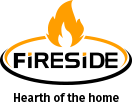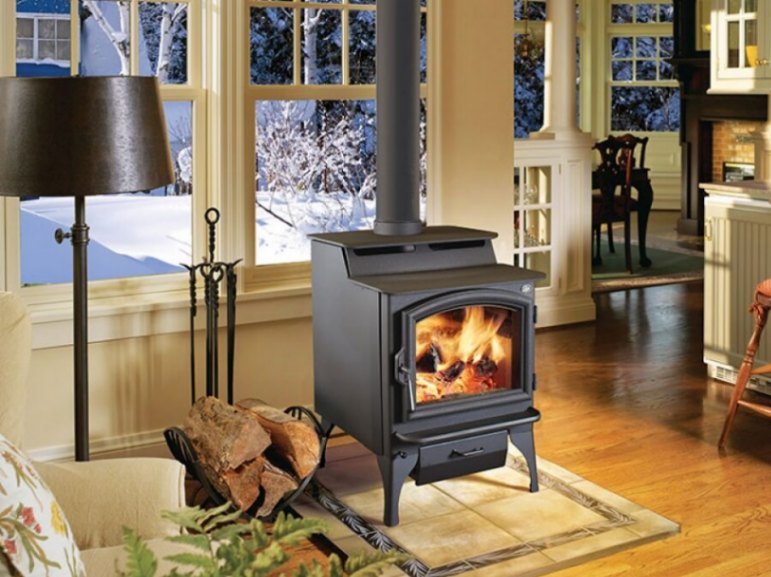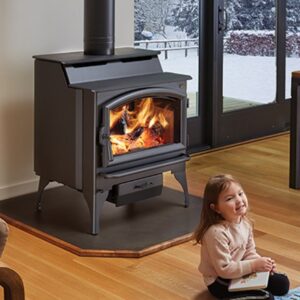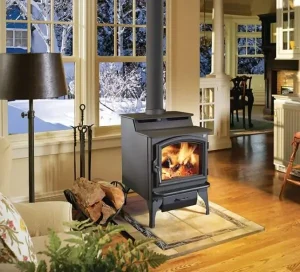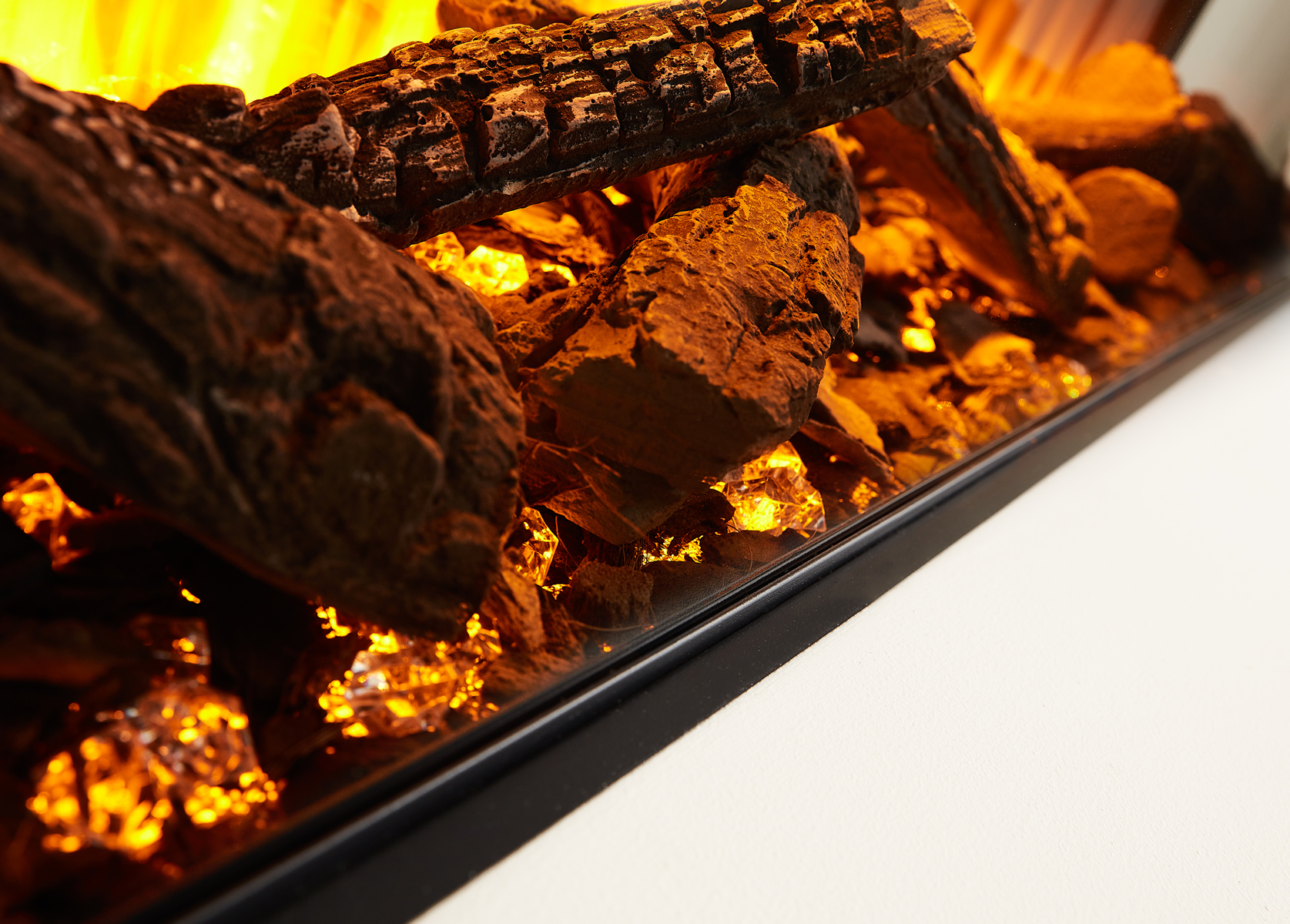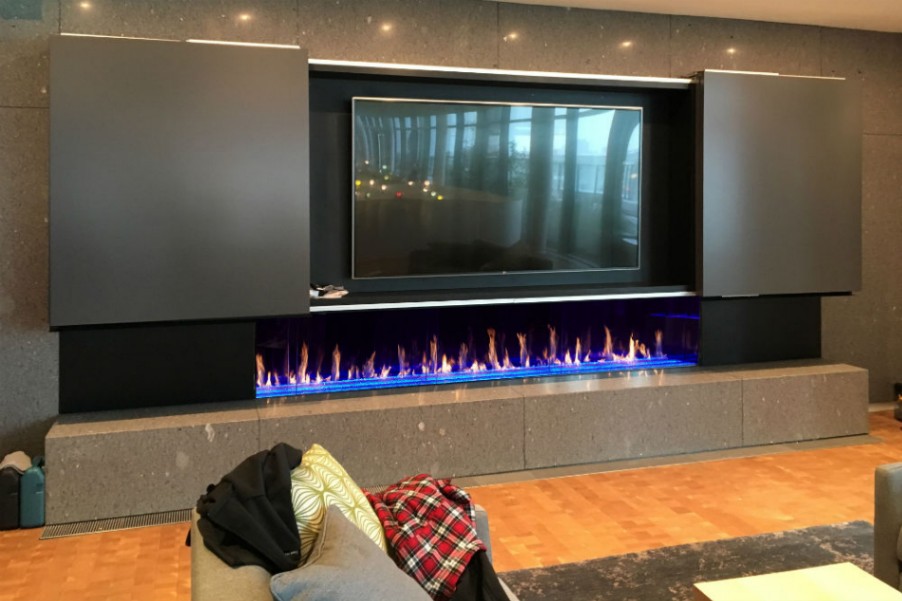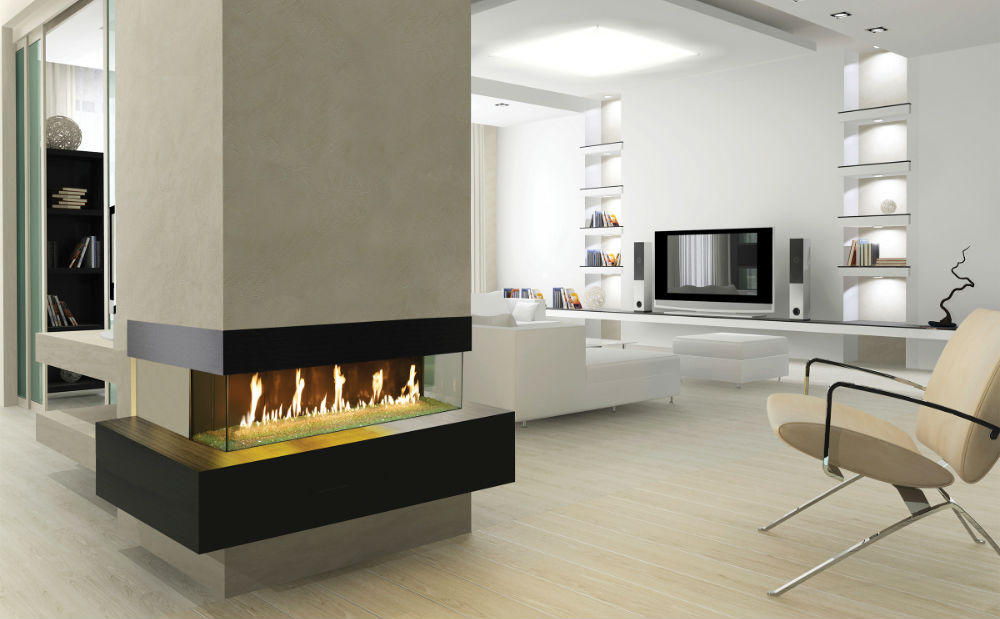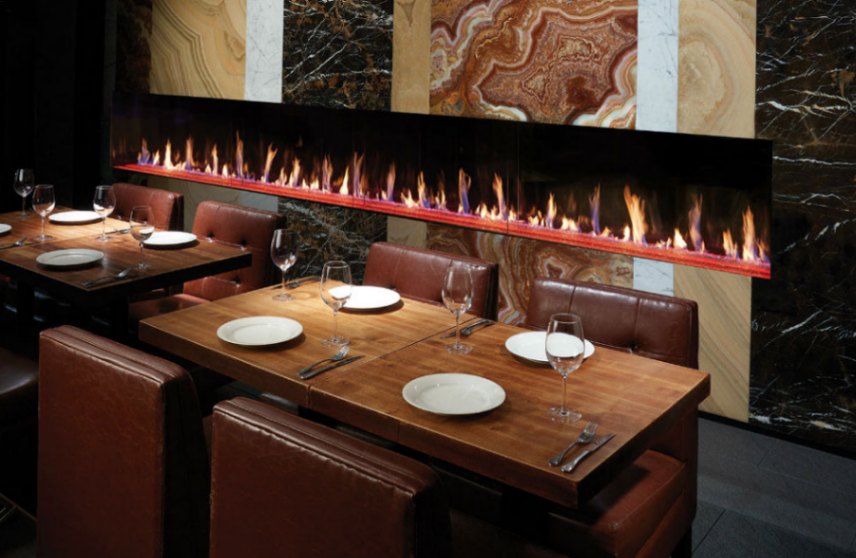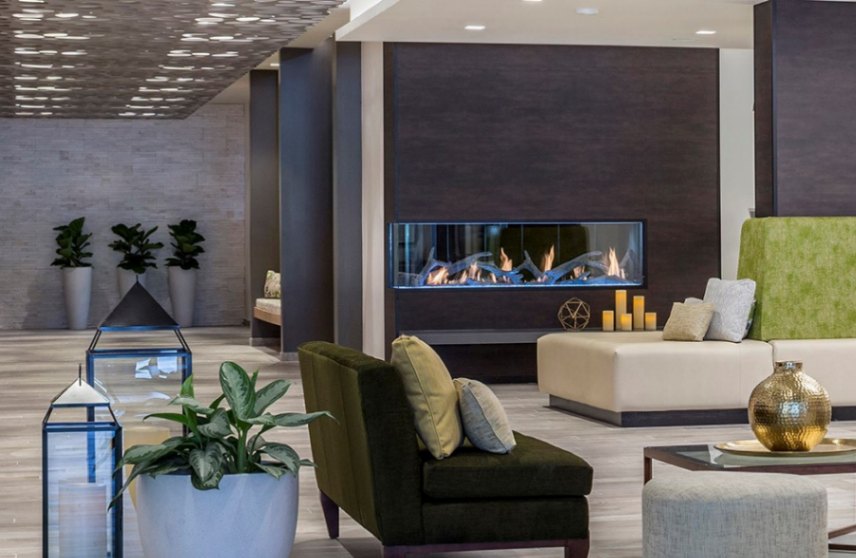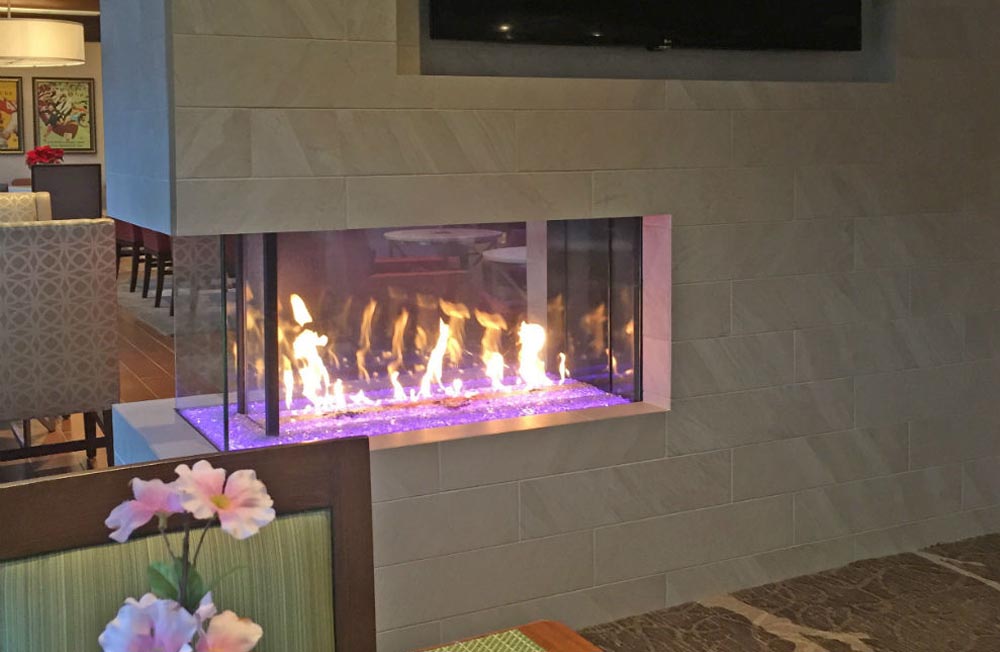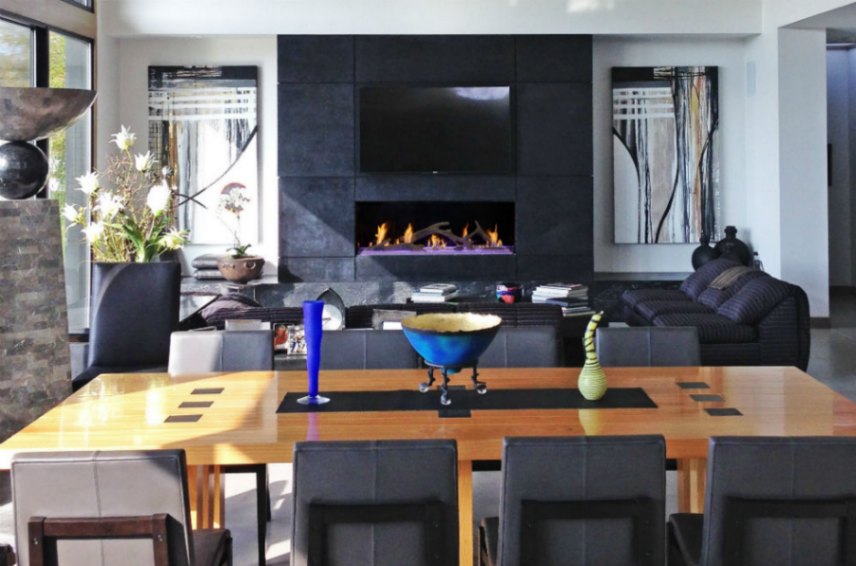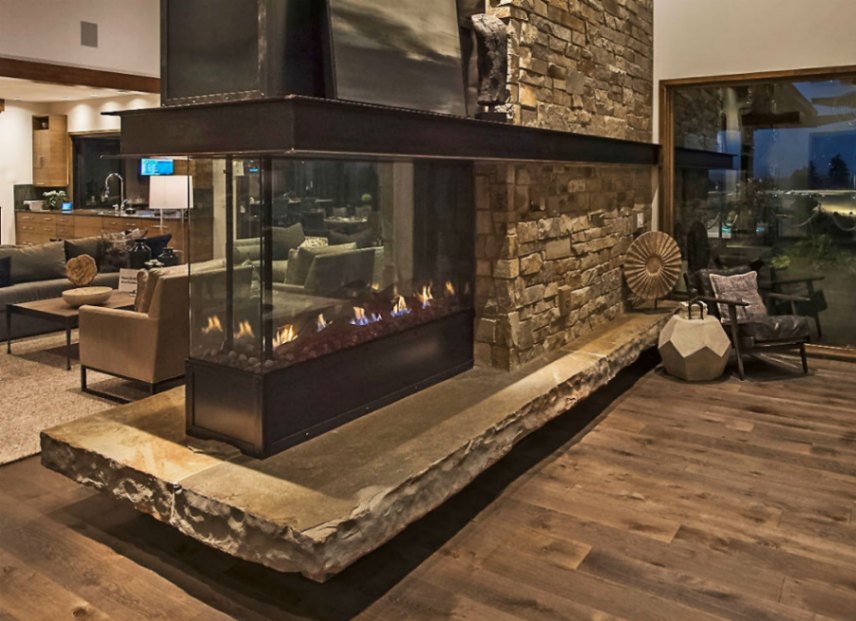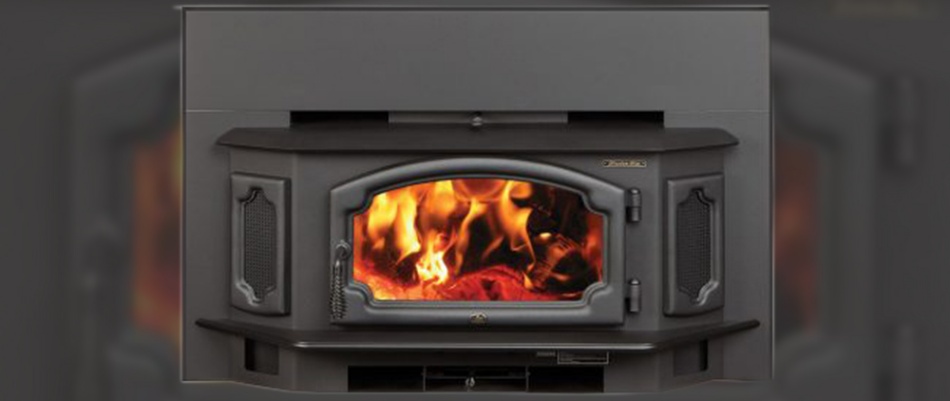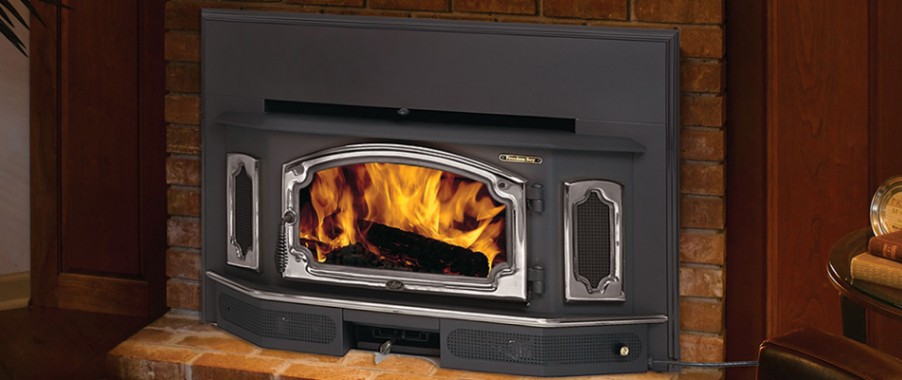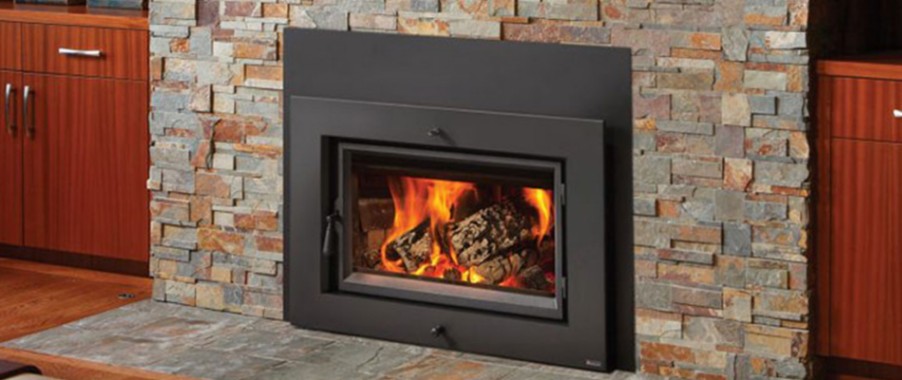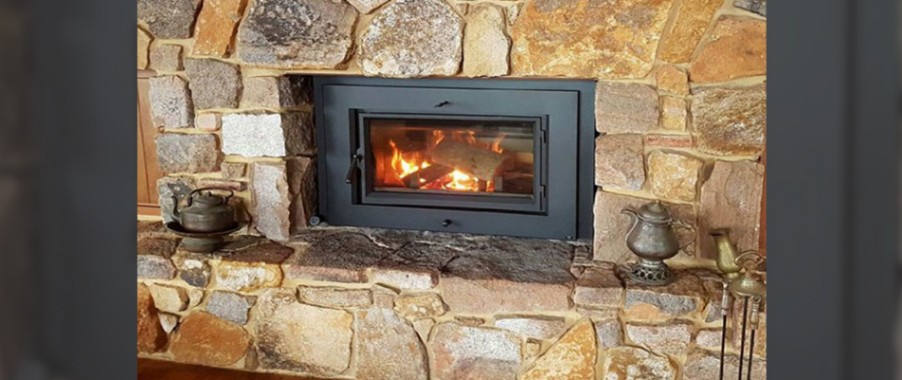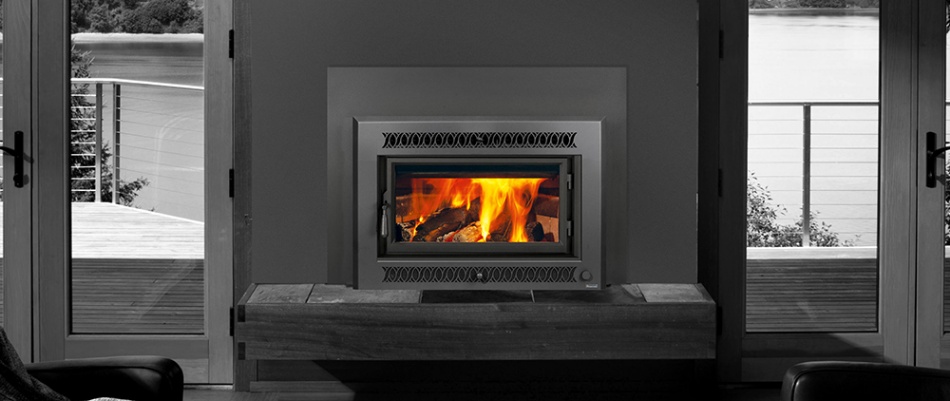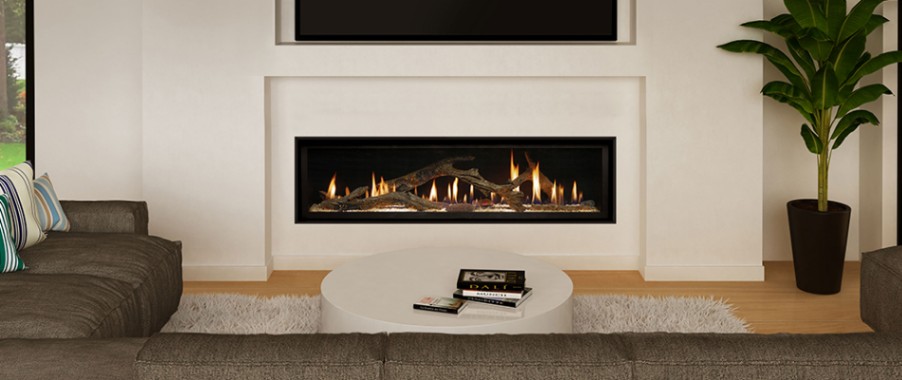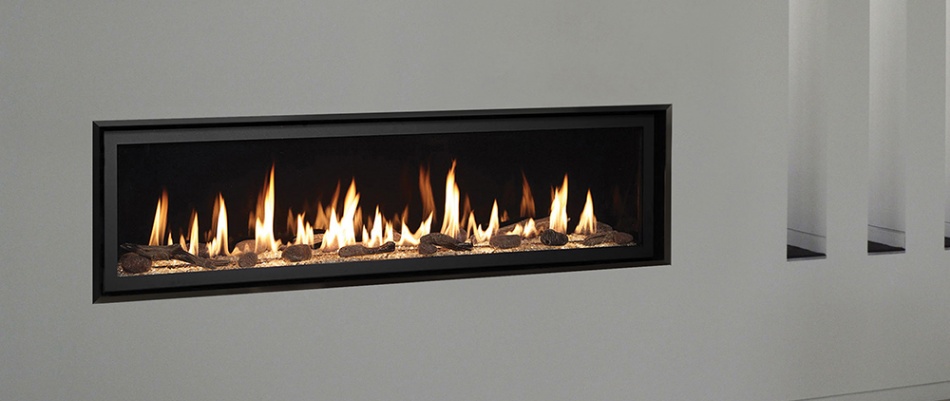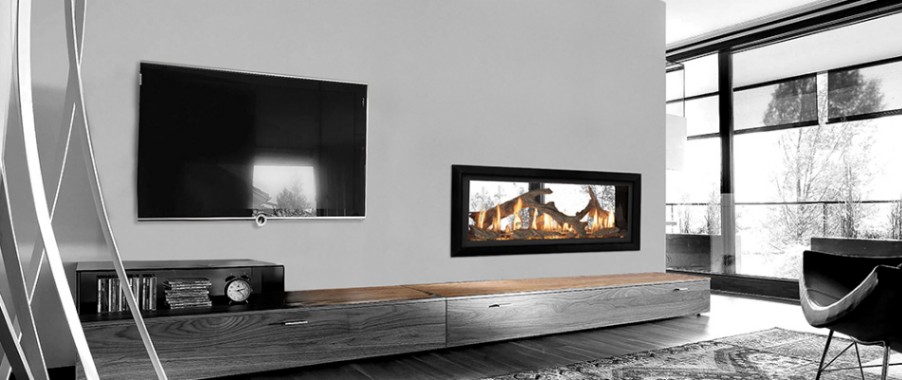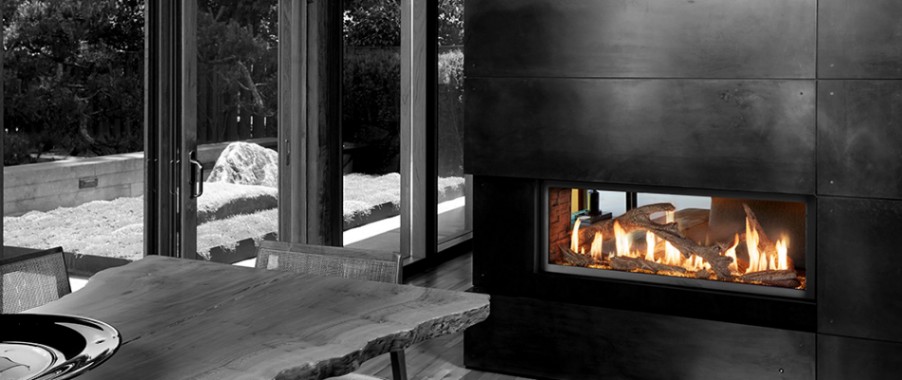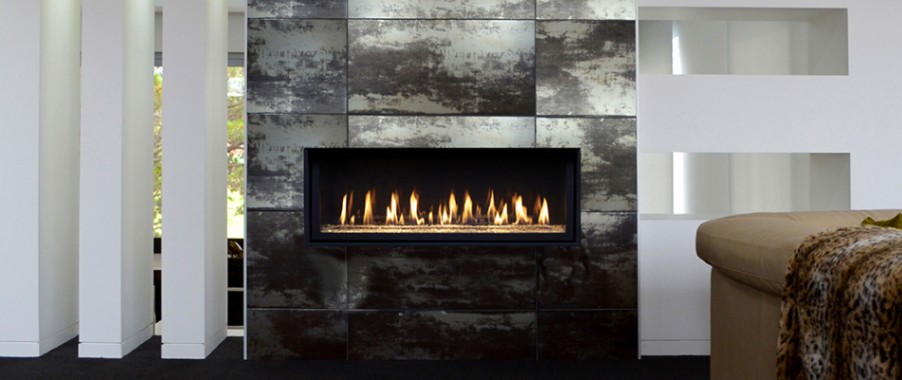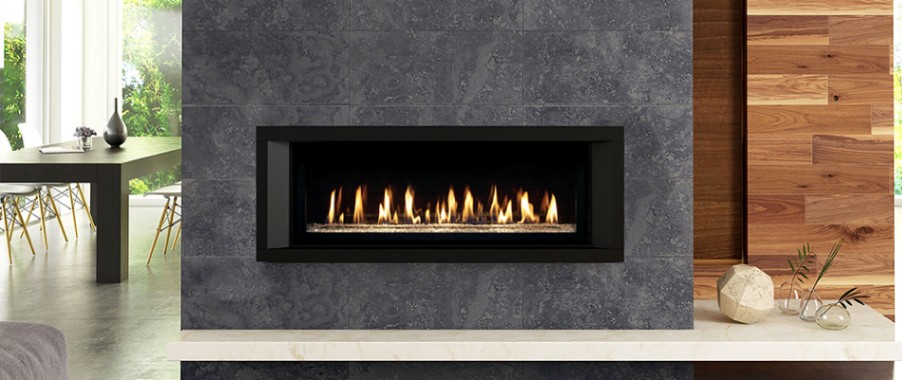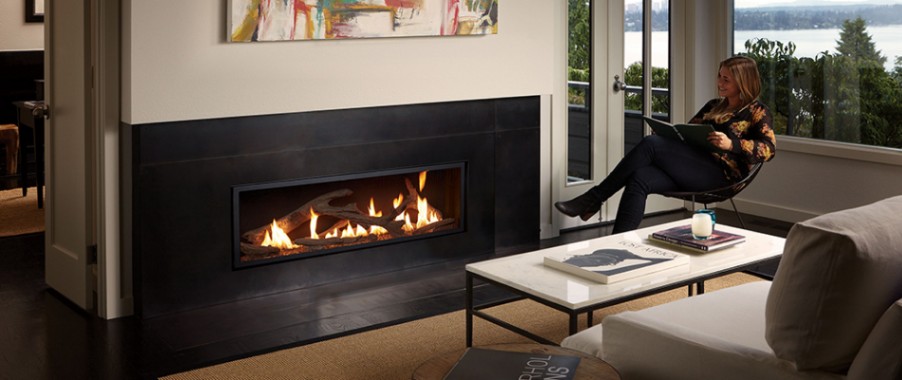We’re heading into summer and those cold winter months are fast becoming a distant memory. To some extent your fireplace is probably redundant for at least six months unless you are somewhere in the State where hot days are contrasted by some pretty chilly nights. I can think of a few places where that’s the case.
If you’re not in one of those places then you are probably happy not to think about your fireplace until you need it. But that would be a mistake. The reality is, this is precisely the time to think about having a fireplace installed because there are some great bargains to be had. Fireplace installers in Sydney aren’t as busy as they are in winter. That’s if your current form of heating isn’t working of course. If it is, then it’s the time of the year to think about wood burning fireplace safety regime to implement in the off-season.
Clean out the creosote
One of the primary causes of fire is the build up of soot and creosote. We’ve talked to you a lot about creosote. It’s the build up of tars and other materials inherent in fossil fuels; in this case the wood you burn in your fireplace. Creosote is dangerous because it can catch fire and emit lots of harmful chemicals into the atmosphere.
Now is the time to rid your fireplace of creosote once and for all. In this ‘off-season’ source some seasoned hardwood or manufactured logs. Both burn much cleaner than real wood. The only worry about manufactured logs is that they burn much hotter than real logs so make sure you have adequate clearance away from the fireplace.
You should also organise a chimney inspection to clear all the hard to reach spots that creosote can hide. If creosote builds up in the chimney it can suddenly ignite and cause a chimney fire. Chimney fires can be very difficult to extinguish.
Wood stacking
If you are insisting on using real wood, then organise a safe stacking space around your fireplace. Lots of dangerous fires start because embers escape and ignite your firewood. Keep your hearth clear and practice safe fire burning etiquette.
Fire extinguishers and smoke and carbon monoxide detectors
You must install a carbon monoxide detector. Odorless gas is a genuine threat because our homes are secured more tightly than ever to maintain the even temperatures we have become accustomed to. More and more we are using gas to heat our homes. You could be getting ill and not even know it.
Also, make sure you have a fire extinguisher nearby and learn how to use it correctly. Contact a reputable fire extinguisher supplier to find which extinguisher is best for you and your home.
Gas fireplaces
On the subject of gas, we’re more and more reliant on its economy and efficiency. But it’s not risk free. Like your wood burning fireplace, consider a gas fireplace safety checklist.
The biggest risks are hot glass fronts on some fireplaces. On the question of: Is it safe to leave a gas fireplace on? Well that might depend on whether or not you have children but the general safety suggestion would be no.
These are all questions that you should ask a Fireside representative when you visit our fantastic new showroom in Castle Hill. Drop by or give us a call, we’re there all year round.
